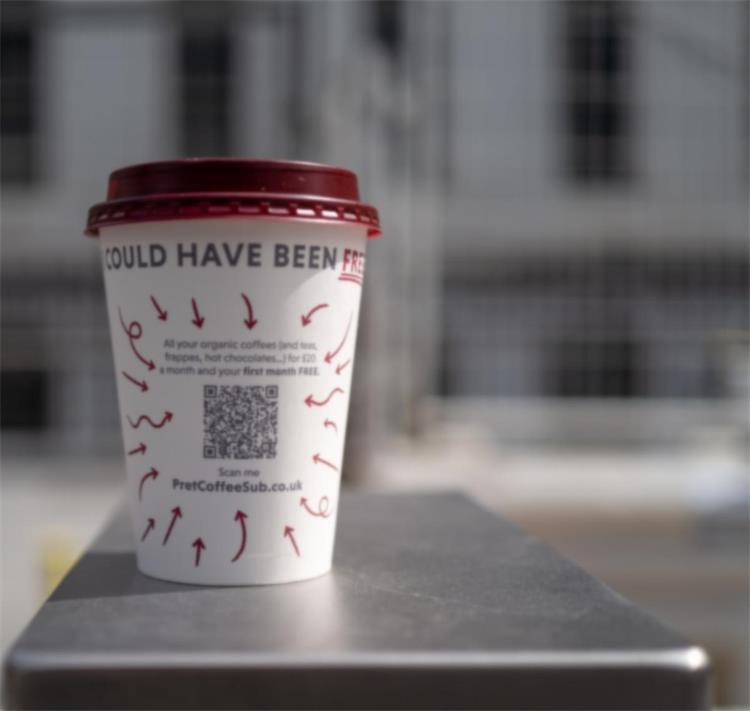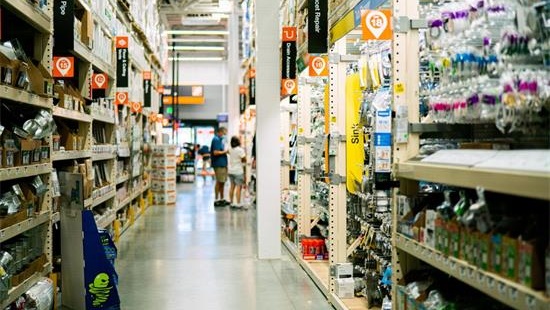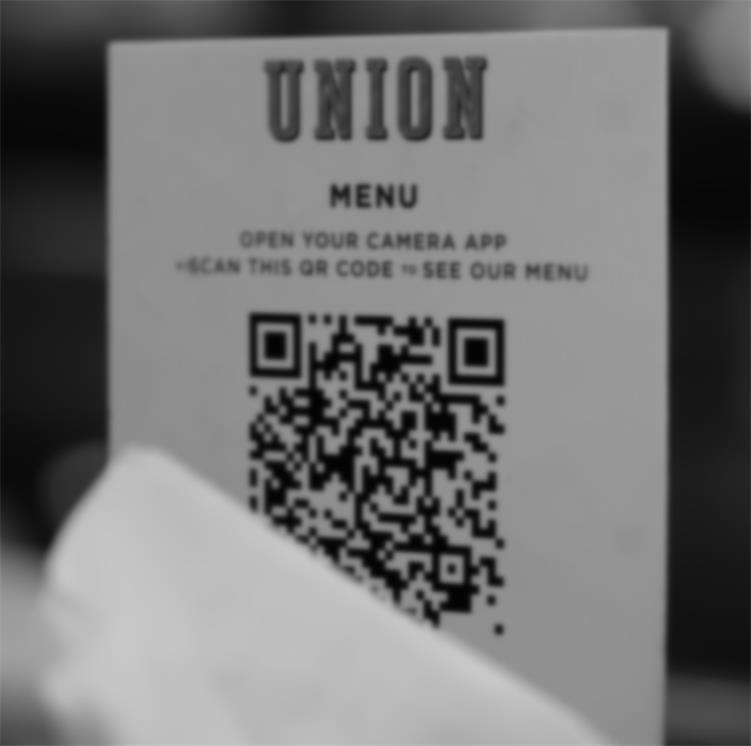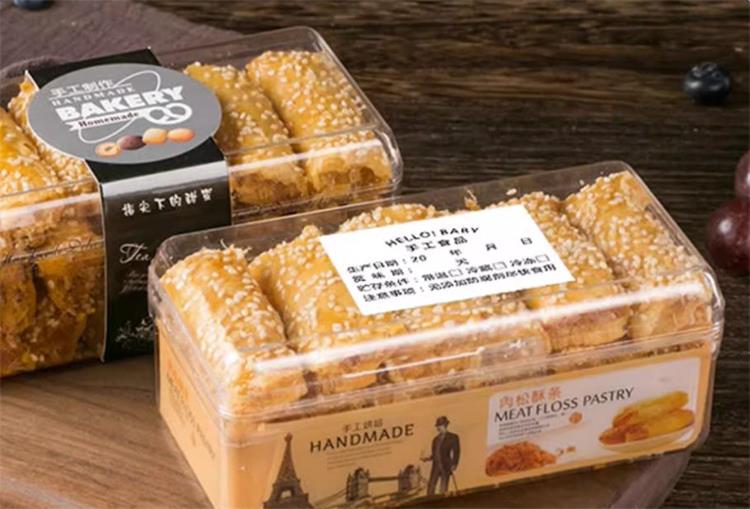Will QR Codes Replace Barcodes? An Industry Perspective
2023-09-22 18:58
In recent years, a buzzing debate has emerged on international platforms, including the renowned forum, Quora. The question is: "Are QR codes replacing bar codes?" As the digital age progresses, industries worldwide are grappling with this question, especially those that rely heavily on scanning and printing technologies. This article delves deep into this topic, examining the potential shift from barcodes to QR codes.

1. GS1 Advocates for the Promotion of 2D Barcodes in Retail
This year, a particular article titled "Paving the way for a global migration to 2D barcodes" on the GS1 website garnered significant attention from industry leaders. In it, GS1 explicitly expressed its ambition to have 2D barcodes, including QR codes and DataMatrix codes, universally readable at retail points by the end of 2027.
The organization emphasized that 2D barcodes can effectively bridge the gap between merchants and consumers, offering them vital information on inventory management, traceability programs, sustainability projects, and more. This, in turn, significantly enhances the interactive experience for all parties involved.
GS1 is an international non-profit organization dedicated to developing and maintaining a global unified identification system. Millions of enterprises worldwide adopt GS1 standards for product identification, logistics, and supply chain management. Notably, GS1’s contribution to the standardization of product barcodes is significant, encompassing Universal Product Codes (UPC) and European Article Numbers (EAN). These standards have been so widely adopted that one can find GS1 barcodes on almost every product in retail stores globally.

So, why did GS1 take this action? What advantages do 2D barcodes, especially QR codes, have compared to traditional barcodes?
2. Advantages of QR Codes
QR codes, a widely recognized form of 2D barcodes, originated in the 1990s and were initially used for tracking automotive parts. Today, their applications have expanded significantly. Compared to traditional barcodes, QR codes offer the following advantages:
● Greater data capacity: QR codes boast high-density encoding capabilities, storing much more information than traditional barcodes, such as production dates, batch numbers, detailed specifications, and more.
● Broader encoding range: QR codes can encode a variety of data, including website links, multimedia content, and product details.
● Error correction and reliability: QR codes have robust error correction capabilities, ensuring accurate scanning and interpretation even if a portion of the code is damaged or obscured.
● Enhanced security: The structure of QR codes allows for the integration of advanced security measures, proving invaluable in combating counterfeiting.
● Design flexibility: QR codes offer a degree of aesthetic adaptability, allowing brands to creatively incorporate them into packaging, promotional materials, and even interactive displays.
Nowadays, QR codes are extensively used in e-commerce, retail and payment, food, healthcare, and more. Especially in product traceability and brand marketing promotion, their influence is increasingly evident.

HPRT, a professional manufacturer of printing equipment and a provider of industry-specific solutions, has been actively responding to and promoting this trend.
In the food sector, using HPRT’s reliable barcode printers, agricultural products are labeled with secure and traceable QR code ID tags. When consumers scan these tags with their smartphones, they can access comprehensive information about the product, from production and processing to transportation and sales.
Moreover, in the deli sector, staff can use HPRT’s high-quality thermal label printers to print QR code labels for various foods like bread, cakes, and salads. With a simple scan, consumers can access detailed product information, nutritional content, and even be directed to the brand’s official website to learn about the brand, promotions, and loyalty point inquiries.

These industry applications of QR codes not only enhance product information transparency but also boost consumers’ trust in product quality and authenticity, showcasing the unique value of QR code labels in enhancing consumer experience and ensuring information transparency.
According to a report by VRT NWS, Jan Somers, CEO of GS1 Belgium, pointed out: "By scanning, consumers will be able to further understand the origin, composition, and ecological footprint of products."
3. Will 1D Barcodes Be Replaced?
With GS1’s advocacy and guidance, the application of QR codes in the retail industry will deepen further. However, will this momentum extend to other sectors like manufacturing and healthcare, gradually phasing out the traditional barcodes?
The answer is, in the long run, QR codes might gradually replace barcodes, but in the short term, it’s unlikely.
Although QR codes have been widely adopted in many fields, barcodes remain the preferred choice in sectors like manufacturing, healthcare, logistics, and warehousing. This is due to the inherent characteristics of 1D barcodes:
● Simplicity and cost-effectiveness: 1D Barcode reading equipment is relatively straightforward and more affordable.
● Speed: Due to their simple structure,1D barcodes can be scanned and decoded rapidly.
● Manual recognition: The numbers or letters beneath 1D barcodes mean that even if scanners fail, information can still be manually inputted.
● Data requirements: In many applications, the required information isn’t extensive, eliminating the need for QR codes.
It’s worth noting that 1D barcodes have a deep-rooted foundation in many industries. Their associated software, hardware, and workflows have been optimized and refined over time, reaching a high level of maturity. Replacing such a mature system, especially in sectors like manufacturing, healthcare, and logistics, would undoubtedly be costly.
In recent years, beyond traditional barcodes and QR codes, there has been a significant advancement in RFID tag technology. When compared to its predecessors, RFID offers superior data collection and tracking capabilities. For example, HPRT’s RFID printers specialize in printing RFID labels for apparel, streamlining the checkout and inventory processes for retail stores.
While the initial investment in RFID technology was notably high, the perfection of the technology and the steady decrease in costs have showcased its potential in specialized application areas. These areas include intricate supply chain management and the tracking of high-value items, suggesting that RFID might gradually supersede barcodes and QR codes.
The ongoing evolution of technology, coupled with market dynamics, suggests that these identification methods each have their distinct advantages and realms of application. Collectively, they promise to offer industries more precise and secure solutions. For businesses, the decision to adopt a particular technology isn’t solely a matter of technical preference. It’s a comprehensive choice influenced by operational needs, cost considerations, and long-term strategic vision.







